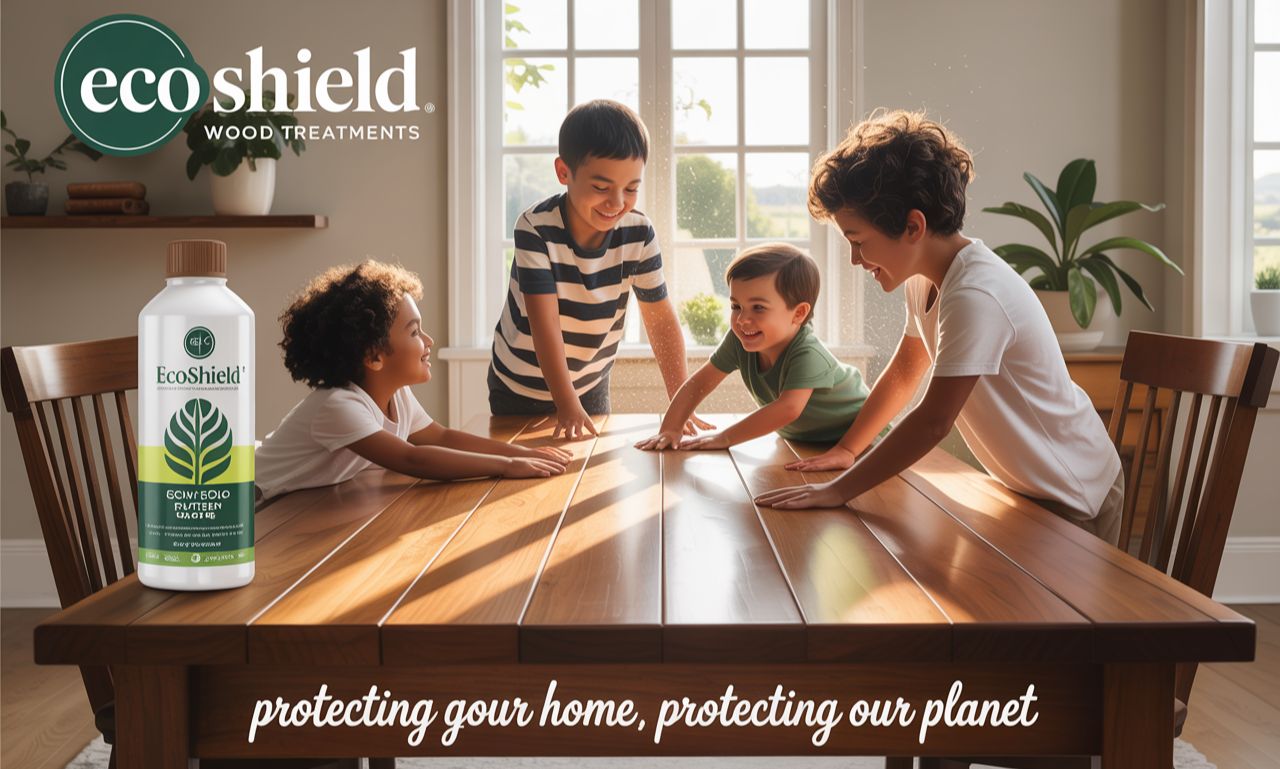Wood preservation is an integral part of maintaining the structural integrity and appearance of your home or furniture. One common issue that plagues wood is woodworm infestation, and that’s where antitarlo – the Italian term for “woodworm treatment” – comes in. However, not all treatments are created equal, and there’s a growing shift towards antitarlo con basso cov solutions. But why is this important, and what should you know about these eco-friendly options?
Whether you’re looking for a safer solution or a more sustainable way to keep woodworm at bay, here are 7 critical facts about antitarlo con basso COV you need to know.
1. What Is Antitarlo con Basso COV?
Antitarlo con basso COV refers to a low-VOC woodworm treatment formulated to eliminate wood-damaging pests while minimizing the release of volatile organic compounds (VOCs). VOCs are harmful chemicals commonly found in traditional pest control products, which can contribute to indoor air pollution and health problems like headaches, dizziness, and respiratory issues.
By opting for a low-VOC antitarlo, you address woodworm infestations without exposing your household to harmful emissions. This makes it a safer option for homes, especially those with children or pets.
Why Low VOC Matters:
- Protects Indoor Air Quality: Reduces harmful chemical exposure.
- Environmentally Responsible: Produces fewer greenhouse gases during production and application.
- Regulation Compliant: Aligns with stricter environmental regulations worldwide.
Switching to basso COV products is the next step for sustainable and responsible wood maintenance.
2. Antitarlo Con Basso Cov Provides Effective Woodworm Elimination
A common misconception is that eco-friendly products lack the potency of their traditional counterparts. However, modern low-VOC woodworm treatments are designed to be just as effective. These products penetrate deep into the wood, targeting both larvae and adult woodworms without compromising safety.
What Sets Low-VOC Treatments Apart:
- They use advanced formulas that ensure thorough extermination of pests at all life stages.
- Their effectiveness has been proven for both indoor furniture and structural timber.
Despite being gentler on the environment, basso COV treatments maintain high performance.
3. Safer Application for DIY Users
Traditional woodworm treatments often come with strong fumes that require professional application or high ventilation. This isn’t the case with low-VOC options. Antitarlo con basso COV is safer for homeowners who prefer to handle treatment themselves.
Key Benefits of Safer Application:
- Ease of Handling: No overpowering chemical smells.
- Reduced Protective Gear Needs: Often requires only gloves and a mask, compared to full hazmat-style protection.
- Shorter Ventilation Time: Rooms can be safely reentered sooner after treatment.
For DIY enthusiasts, low-VOC solutions provide a hassle-free application while ensuring your safety.
4. Eco-Friendly Pest Control
Environmental consciousness has become a major factor in purchasing decisions. Unlike traditional methods, basso COV antitarlo aligns with eco-friendly values by reducing toxic waste and pollution.
Environmental Advantages:
- Biodegradable Formulations: Break down naturally without lingering in the environment.
- Lower Carbon Footprint: Fewer emissions during manufacturing and application.
- Preserves Natural Resources: Sustainable chemicals mean less harm to ecosystems.
Choosing eco-friendly pest control protects not only your wood but also the world around you.
5. Cost-Effectiveness in the Long Run
While low-VOC woodworm treatments may appear more expensive upfront, they often prove cost-effective over time. Why? Their advanced formulations ensure long-lasting protection against reinfestations, meaning fewer applications are needed.
Financial Benefits:
- Durable Layer of Protection: Reduces the need for follow-up treatments.
- Energy Savings: No need for high-powered ventilators to remove toxic fumes.
- Increased Lifespan of Wood: Prolongs the durability of your furniture and architecture.
Investing in antitarlo con basso COV leads to long-term savings while prioritizing safety and sustainability.
6. Antitarlo Con Basso Cov Meets Stringent Health and Safety Standards
Low-VOC treatments comply with stricter regulations worldwide. These products are rigorously tested to ensure they meet health and environmental safety norms set by governing bodies.
Safety Certifications:
- Products with certified low VOCs are often labeled as non-toxic or child-safe.
- Align with EU environmental standards to reduce the risk of chemical exposure in indoor spaces.
Switching to certified basso COV solutions ensures you’re using regulated, safe products without hidden risks.
7.Antitarlo Con Basso Cov Is Future-Forward
The spotlight on sustainable living and healthier indoor environments is only growing. Low-VOC antitarlo solutions represent the future of pest control, setting new standards for safety, effectiveness, and environmental accountability.
What the Future Holds:
- Adherence to Global Trends: Fits with eco-conscious consumer demands.
- Technological Advancements: Continuous innovation means these products are becoming more effective and accessible.
- Wider Availability: With increasing popularity, basso COV products are now easier to find in the market.
By choosing antitarlo con basso COV today, you’re aligning with a progressive and responsible approach to wood preservation.
Final Thoughts about Antitarlo Con Basso Cov
Woodworm infestations can wreak havoc on your home if untreated, but traditional methods often come with safety and environmental downsides. Opting for antitarlo con basso COV gives you a highly effective, eco-friendly, and safer alternative to protect your wood.
Why Make the Switch?
- Preserve indoor air quality.
- Eliminate infestations effectively.
- Minimize environmental impact.
- Enjoy peace of mind knowing you’re using safer solutions.
Take Action Now: Don’t wait until woodworm becomes a bigger problem. Consider switching to low-VOC woodworm treatments today and ensure a greener, healthier, and more sustainable approach to wood preservation.
